Counting birds across the West
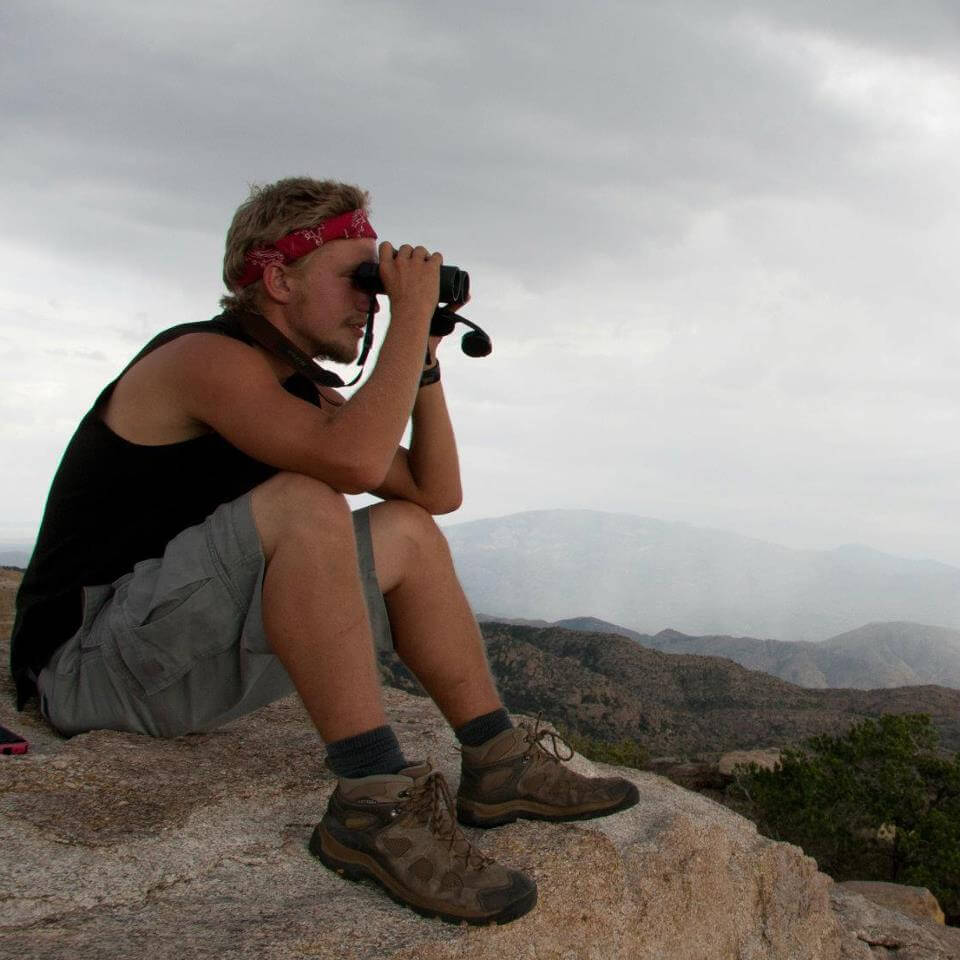
Author Mike McCloy, always on the lookout for birds!
My introduction to the Integrated Monitoring in Bird Conservation Regions (IMBCR) program was in 2012. I came onboard as a technician for the Northern Great Plains crew, conducting surveys across the western half of the Dakotas. Now in 2019, I’ve conducted IMBCR surveys for Bird Conservancy of the Rockies for four complete field seasons, plus parts of two more. Altogether, this has accounted for well over a year of my 27-year-old life! In that time, IMBCR surveys have taken me from the barren agricultural lands and oil fields of Texas, to the shimmering shortgrass prairie of the western Dakotas, to the majestic Teton Mountains in Wyoming. All told, I’ve completed around 200 surveys across nine states. Despite the inevitable challenges here and there, it’s been a grand adventure and loads of fun. This work has provided an incredible opportunity to grow my ornithological knowledge—and see a lot of great birds in the process.
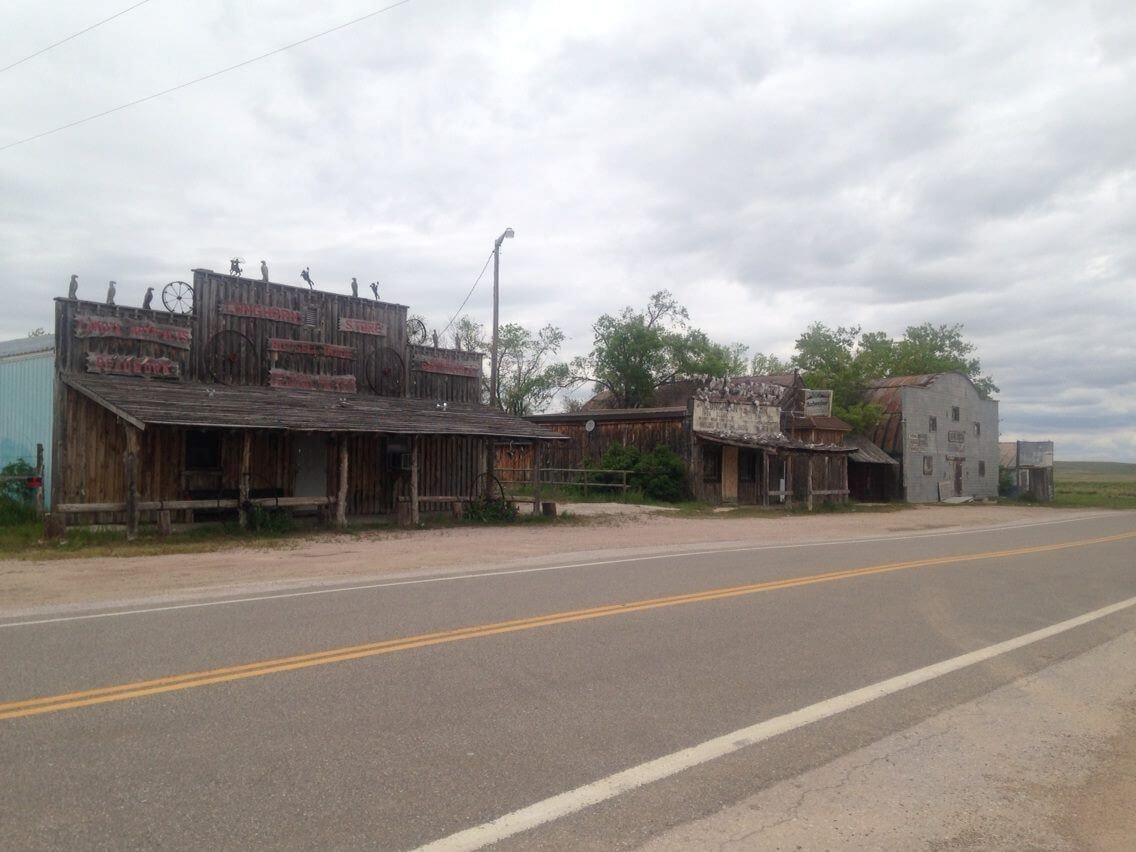
The town of Scenic, South Dakota (population 58) is one of many such small, dusty towns up and down the Great Plains.
What makes IMBCR special?
IMBCR produces the second-largest dataset of North American breeding bird populations, behind only the USGS Breeding Bird Survey. The stratified random distribution of surveys ensure that survey locations come in many forms. You get to visit some out-of-the-way locations (many on private land) that you’d never get to experience otherwise. Sometimes they are in the middle of a wind farm or oil field. Many are hidden gems with great scenery, great birds or a combination of the two!
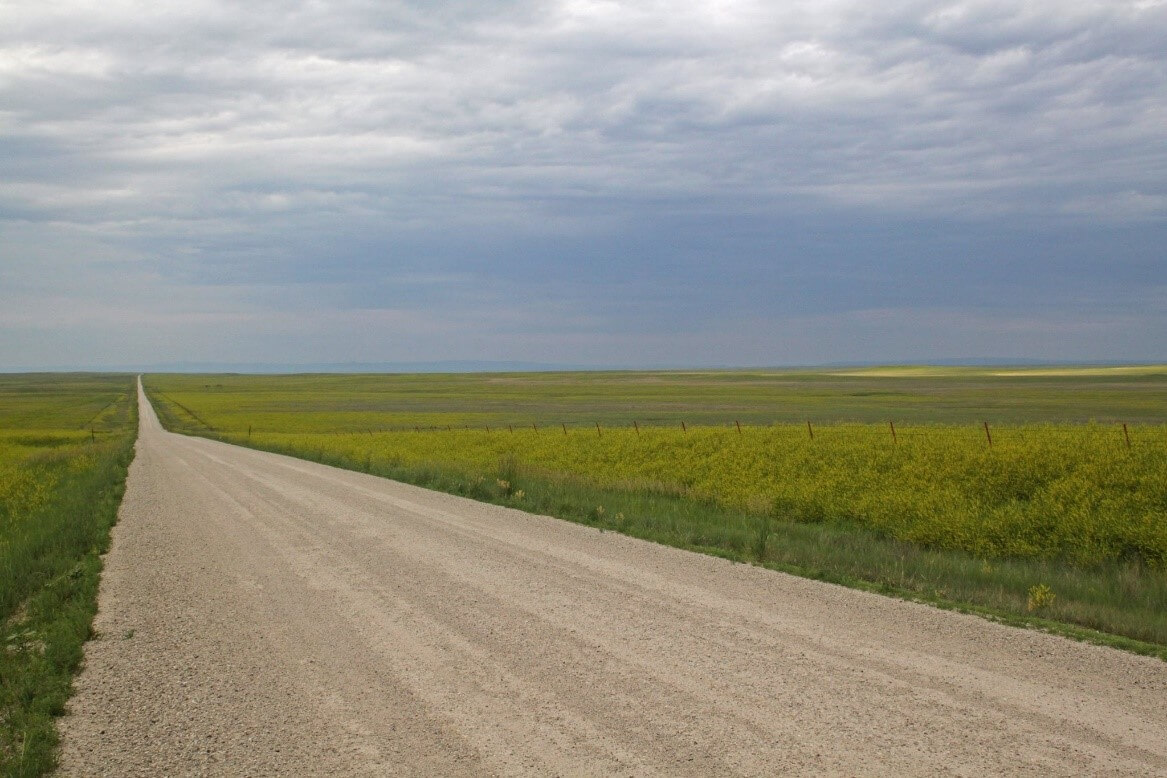
Northwestern South Dakota is one of those seldom-visited, under-appreciated places that IMBCR surveys may take you to.
Making a difference by counting birds
Monitoring technicians like me take a lot of pride in how this work is contributing to the conservation of some of our most at-risk bird species. Many of the birds that rely on the shortgrass prairie for their breeding grounds are declining in number. The 2016 State of the Birds report shows that over 25% of North American grassland bird species are of high conservation concern. Range-restricted species such as Baird’s Sparrow, Sprague’s Pipit and McCown’s Longspur are of particular interest to scientists and land managers. IMBCR plays an important role in collecting spatially-explicit data on the current trends of these species. These data help to inform management and conservation decisions on both local and regional scales. As one of the people who are actually out in the field, I know that technicians play a key role in ensuring that data is collected in a timely, accurate and precise manner. It’s a lot of responsibility!
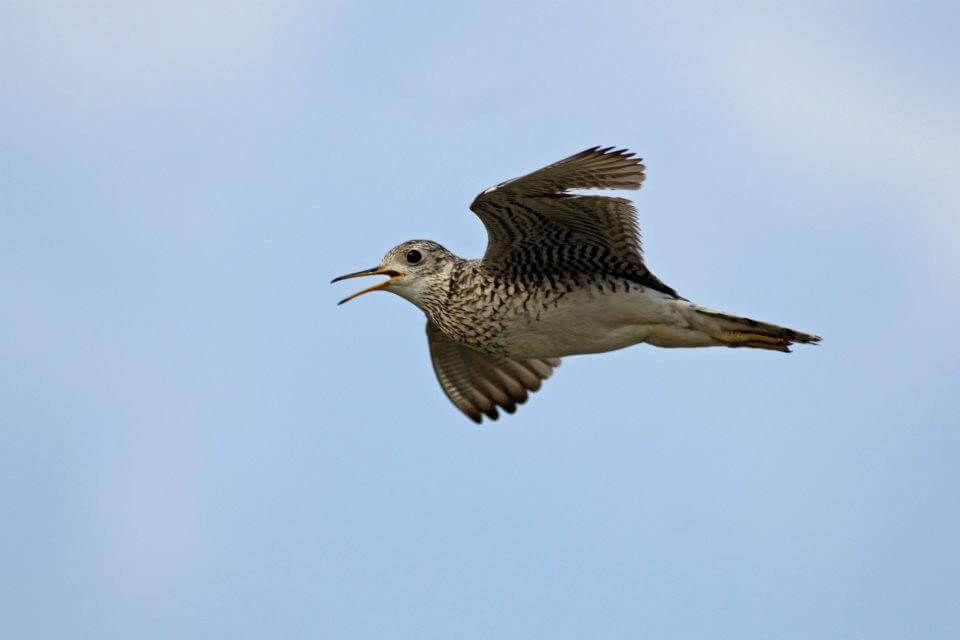
The unearthly whistle of Upland Sandpipers can be heard over much of the Great Plains.
Perspectives from six seasons of IMBCR
What have been some of my main takeaways from so much time spend in the field? Well, for starters it’s shocking to see the extent of habitat loss across much of the Great Plains region. The rapid state of change is really noticeable. Whether it’s housing or commercial development, fuel/mineral extraction, or prairie landscape being converted for agricultural use, the “footprint” of human activity is heavy. However, in areas of remaining and intact grassland, it’s encouraging to see the avian diversity that still exists and thrives.
On a more personal note, spending so much time living out of a Jeep and tent makes one appreciate life’s basic amenities like hot water, showers and WiFi. IMBCR surveys require an uncommon level of independence and self-sustainability, but in the end, the adventure, anecdotes, and contributions to science are very well worth the investment!
2019 IMBCR Technician Training
Being an IMBCR technician requires a rare combination of knowledge, skills and abilities. You must be capable of accurately—and quickly—recognizing birds by sight and sound, without the use of field guides. That’s because each survey “point count” lasts for just six minutes! Competing sound from nearby vehicles, machinery and even rivers can make identification by ear especially challenging. As if knowing your birds isn’t enough, techs also must be well-versed in vegetation types, plants species and landscape features. Techs use tools like range finders and scopes to estimate distances, and must accurately document everything using IMBCR data sheets. Last but not least, there is fitness and physical ability. As noted above, survey locations are random and can be in difficult-to-access locations.
Every year, new recruits and veterans come together for IMBCR field training at different locations across the western U.S. Below are a few photos from this year’s trainings in South Dakota and Nebraska. Highlights included finding a Short-eared Owl nest (photo below) with two eggs, and seeing the elusive Baird’s Sparrow in Nebraska.
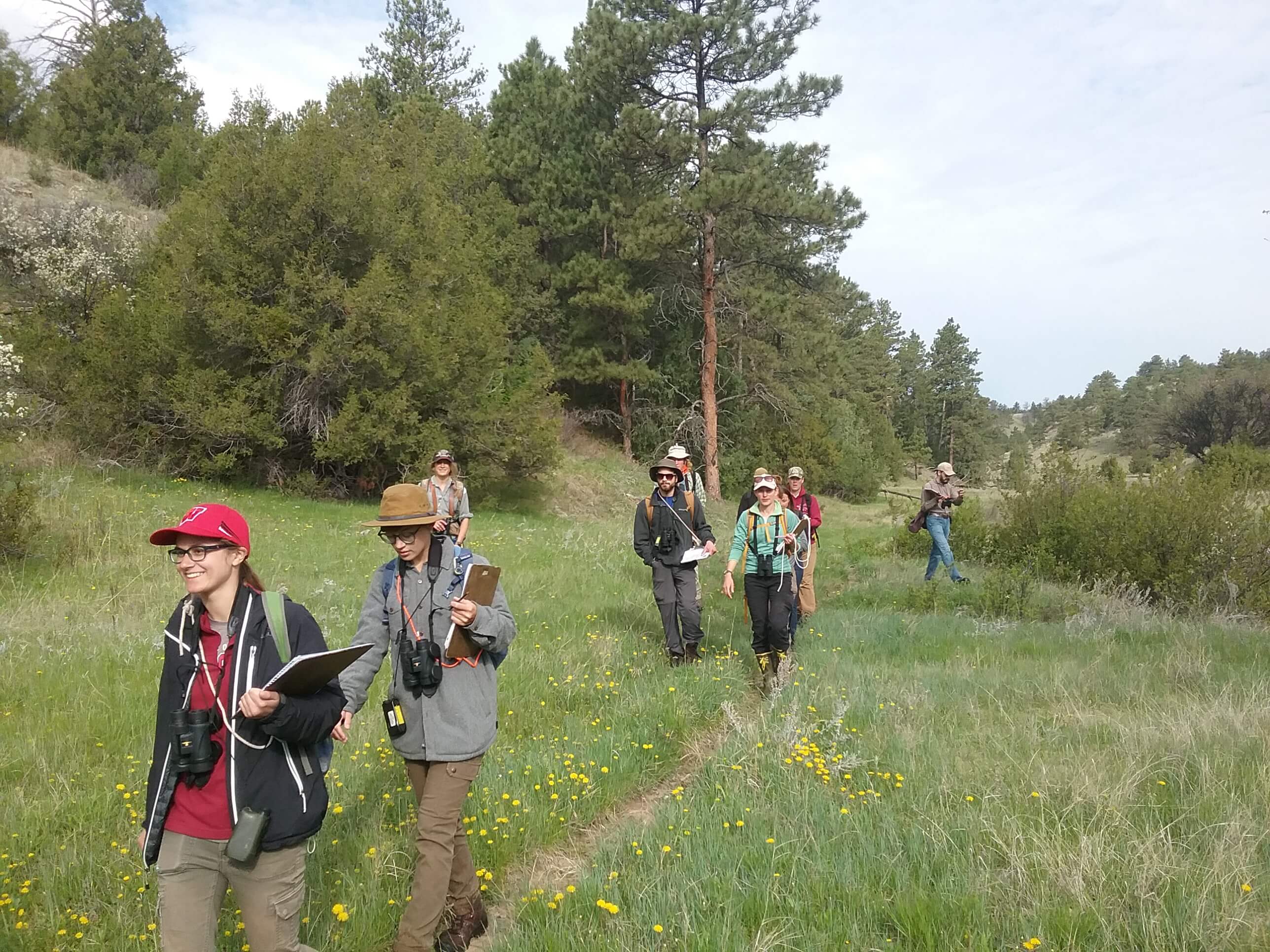
Training gives new and experienced technicians an opportunity to hone their field skills and stay up-to-date on the program’s methodologies.
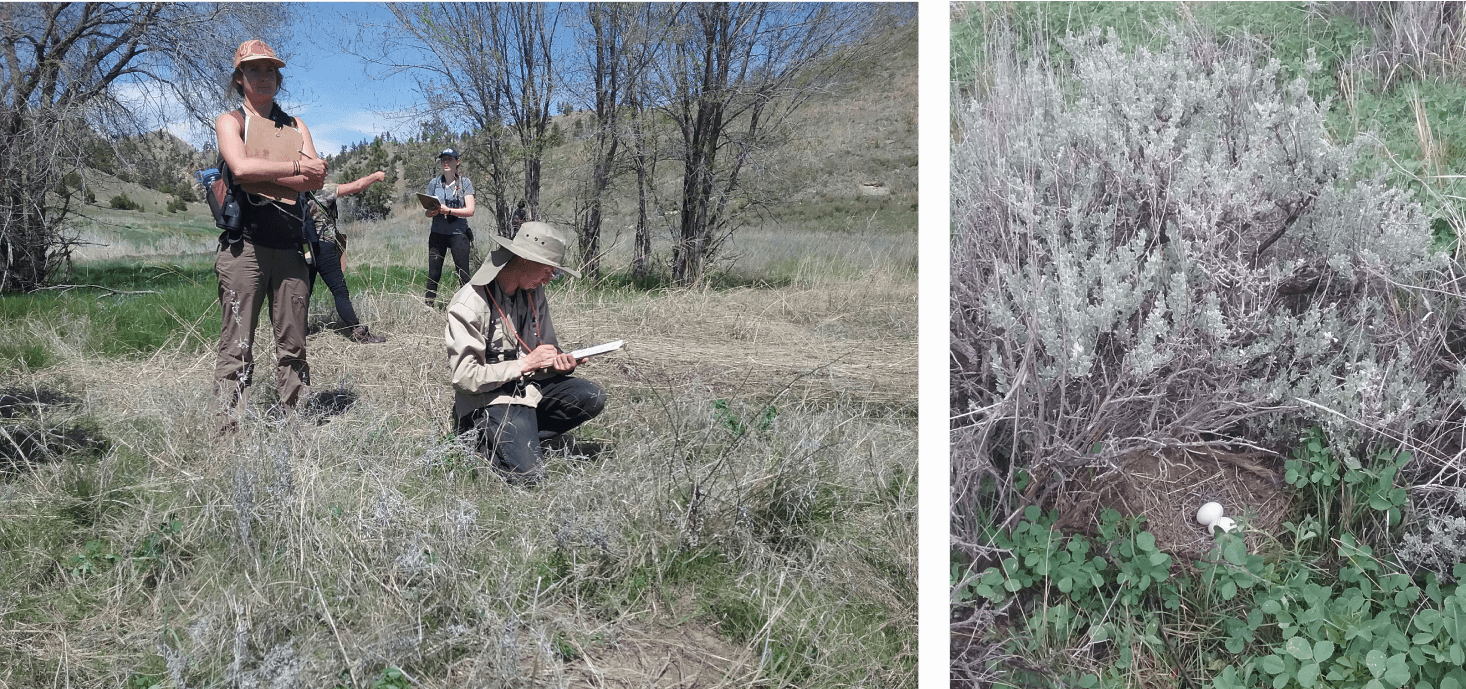
Each new location may reward those with a sharp eye with discoveries such as this Short-eared Owl nest. However, IMBCR technicians don’t count nests or eggs as part of their surveys.


